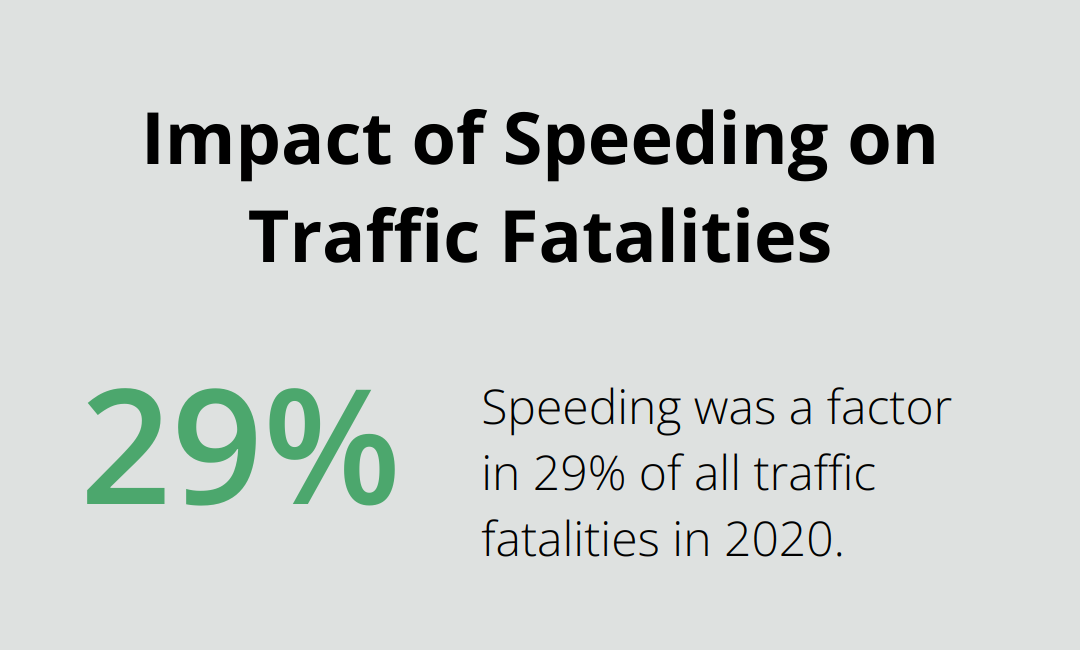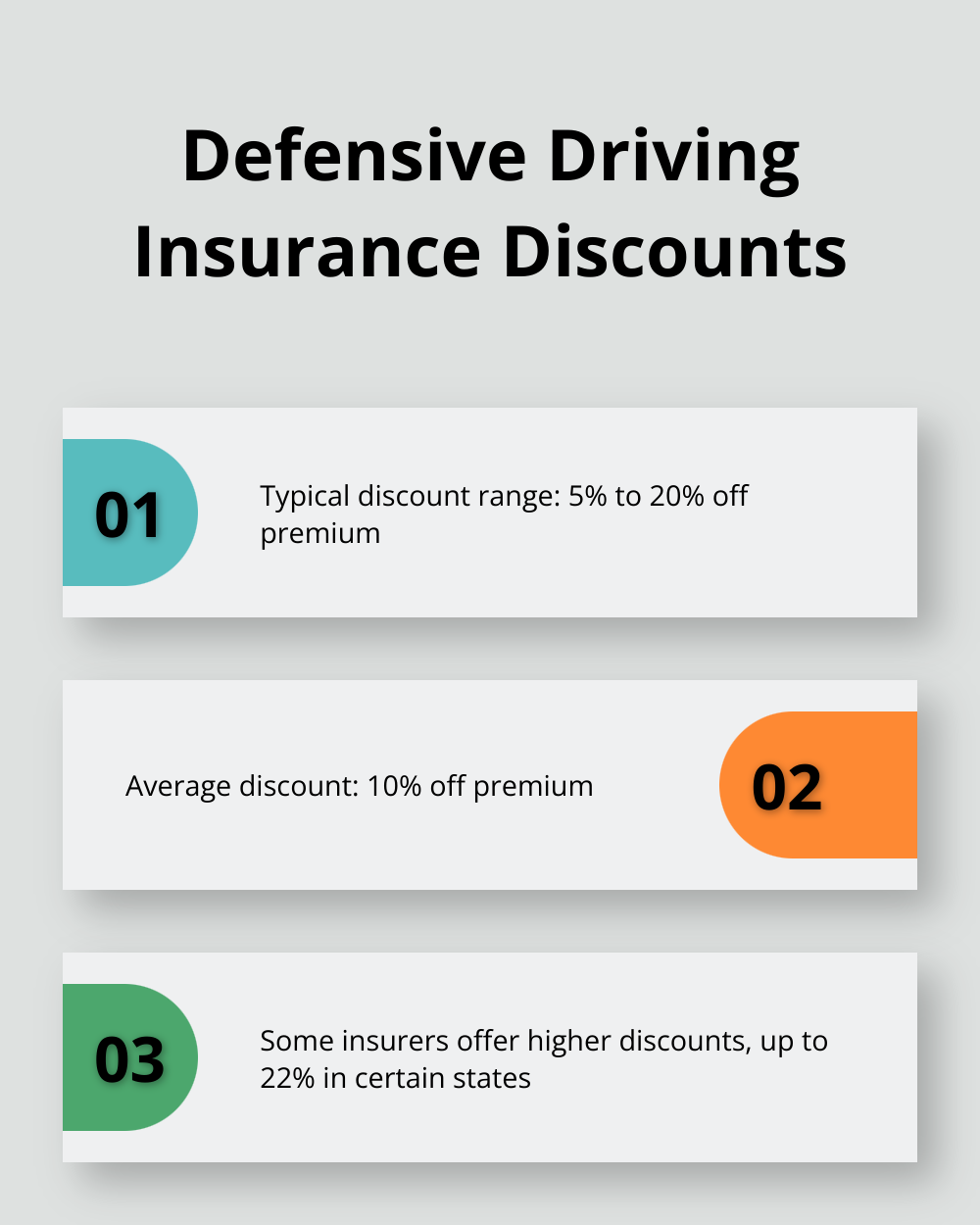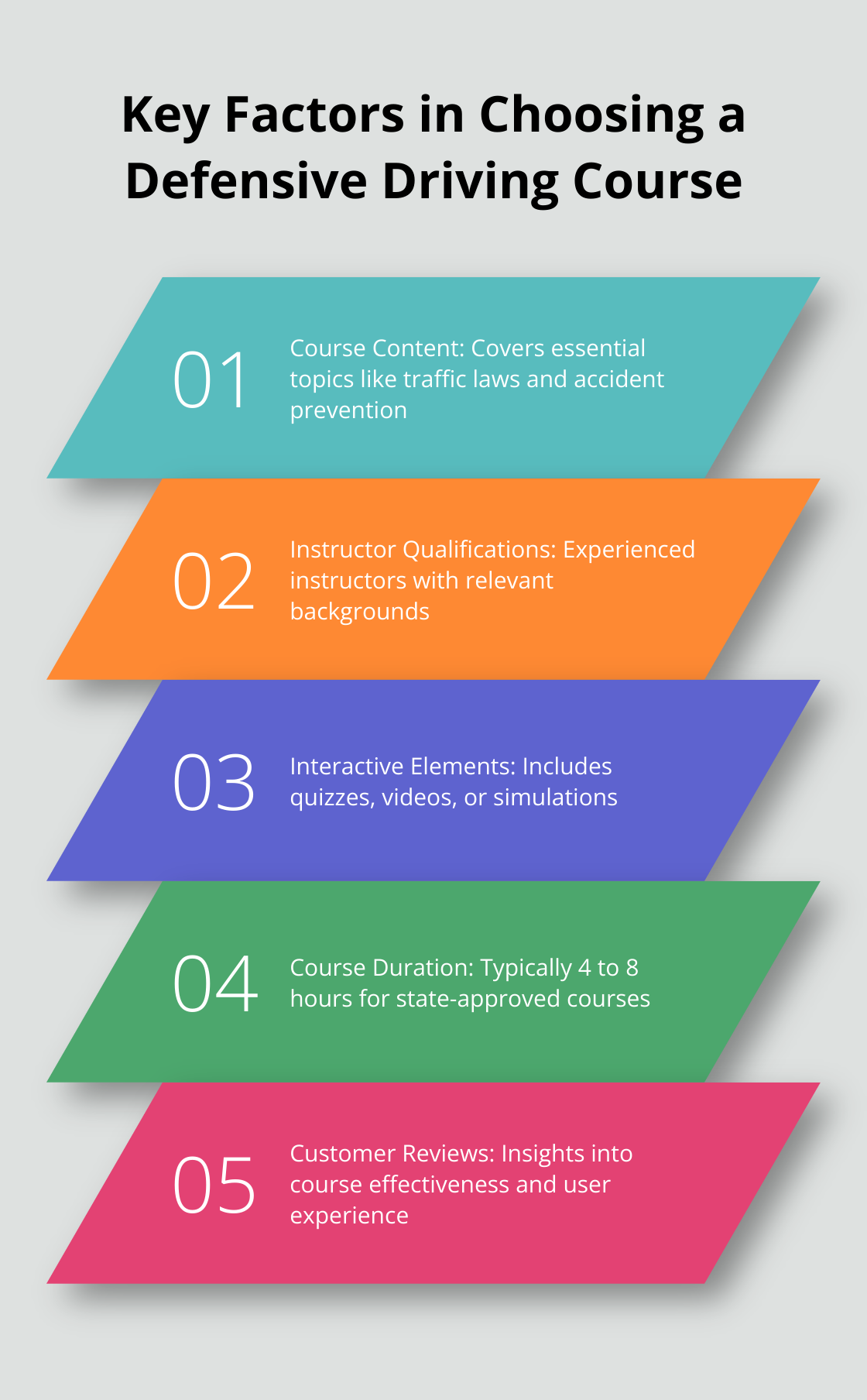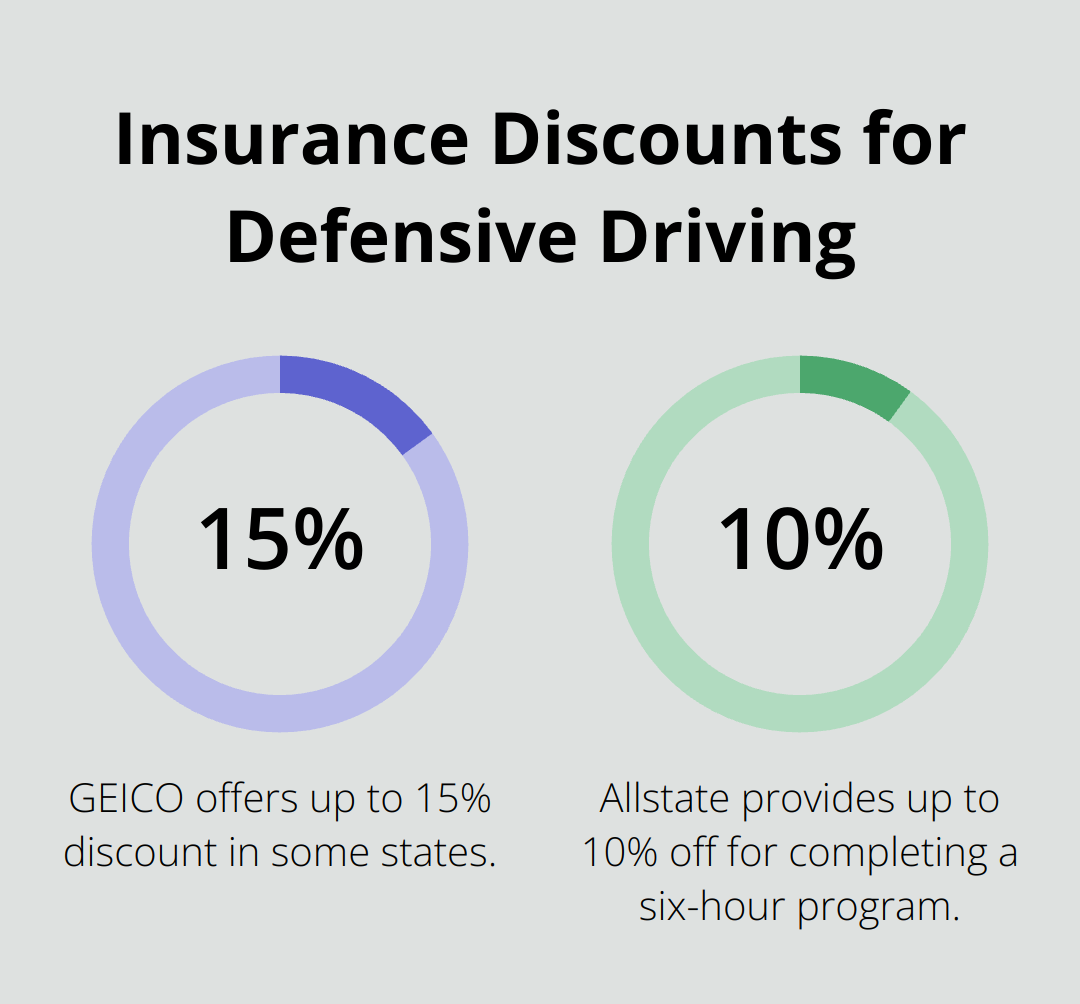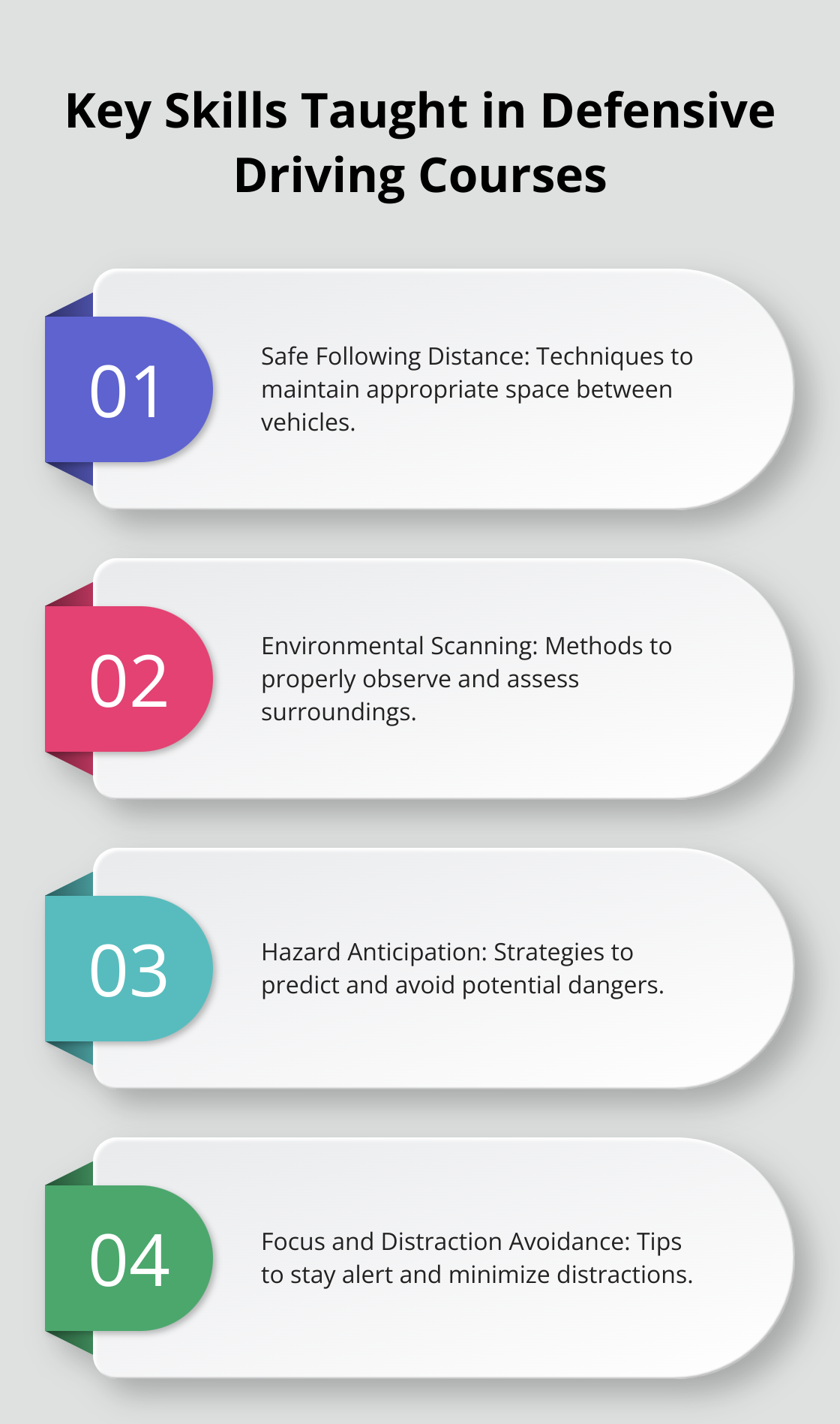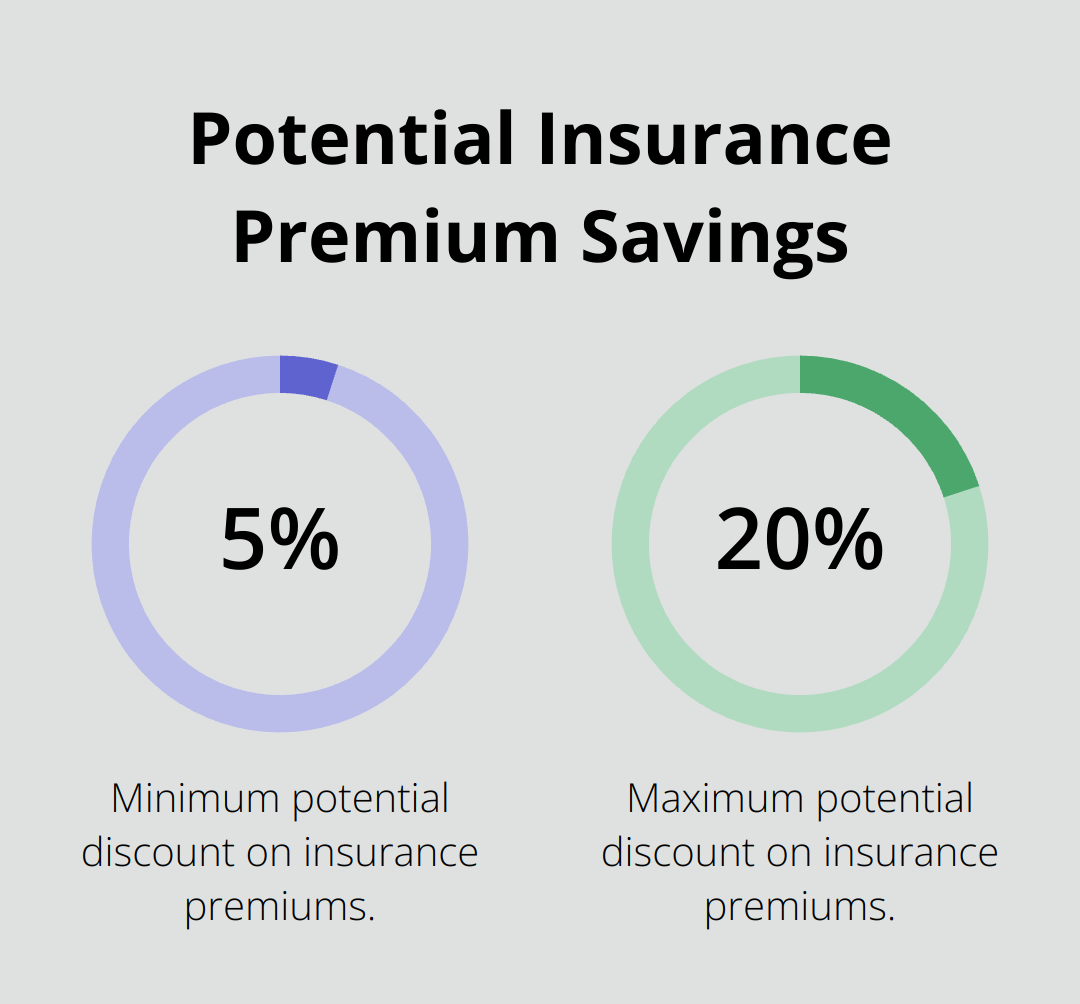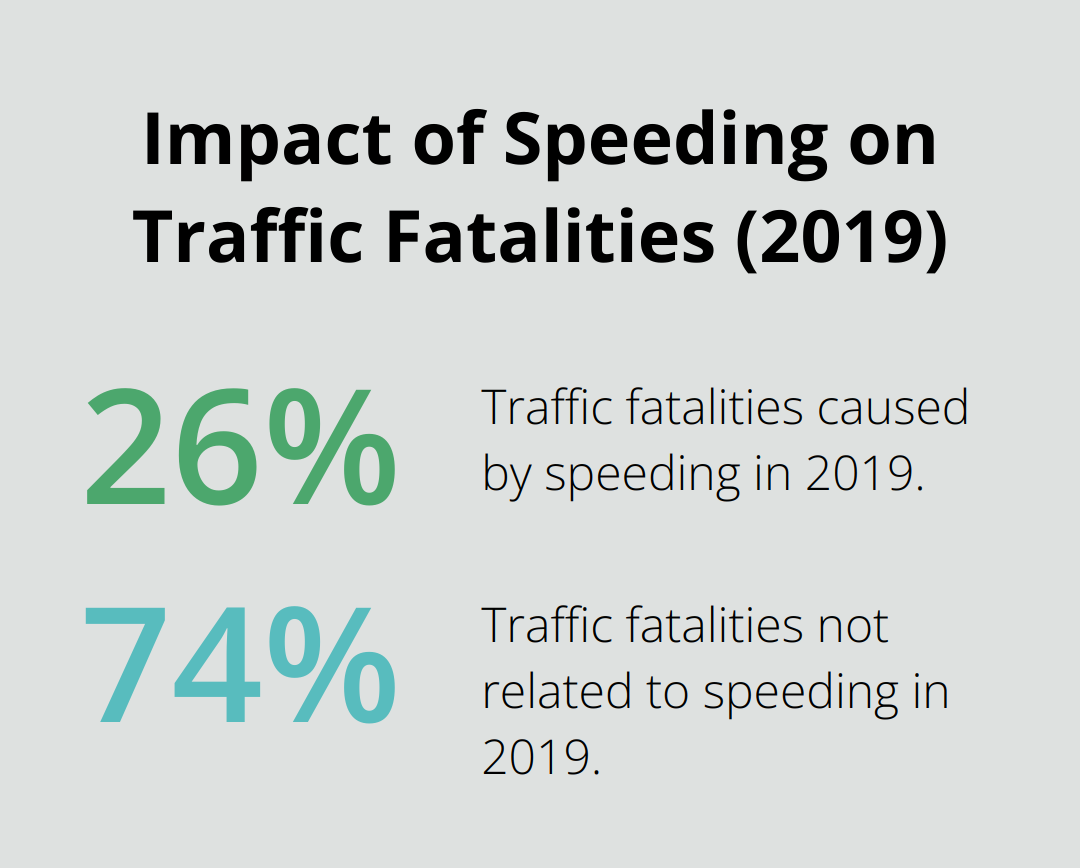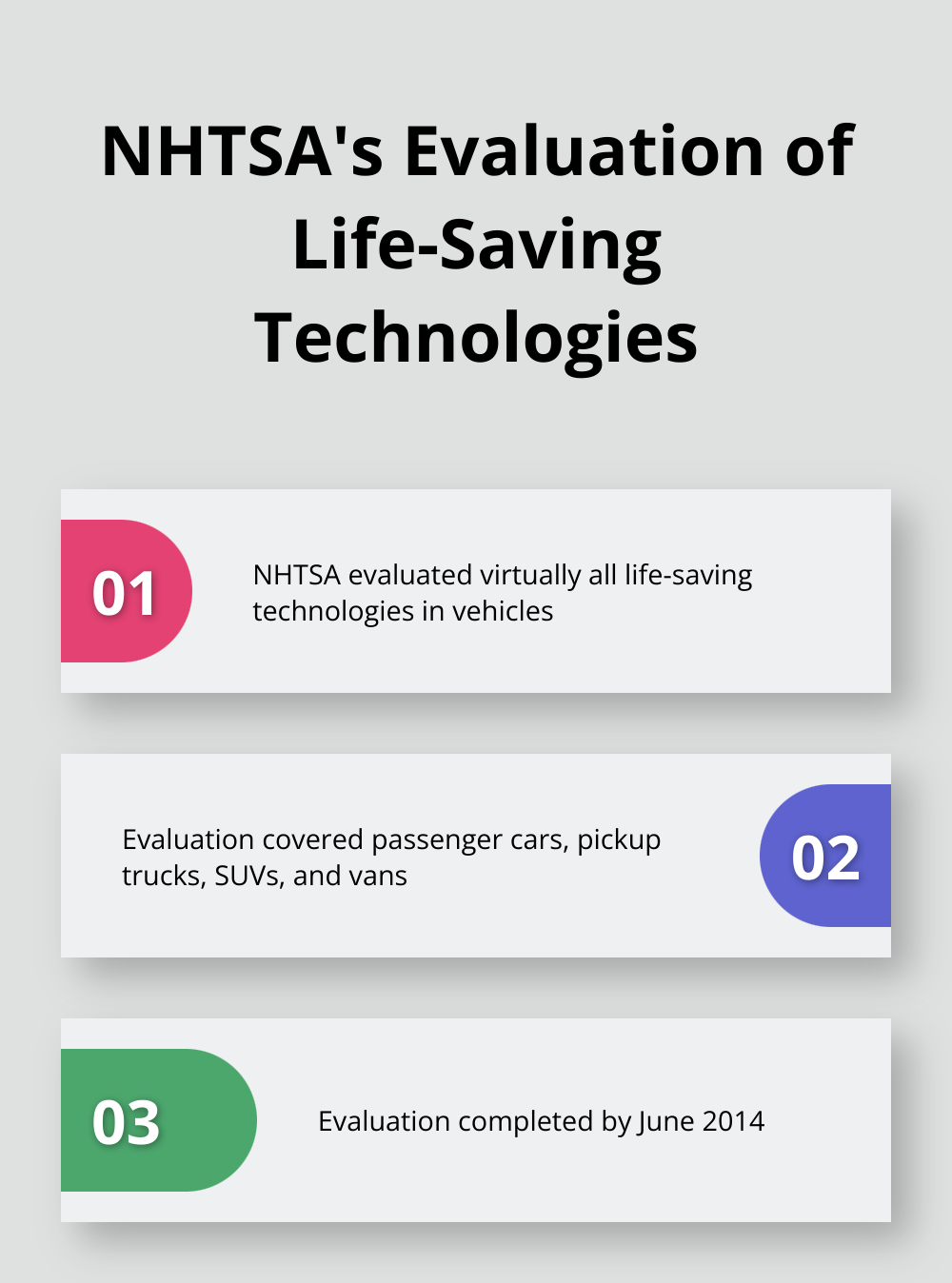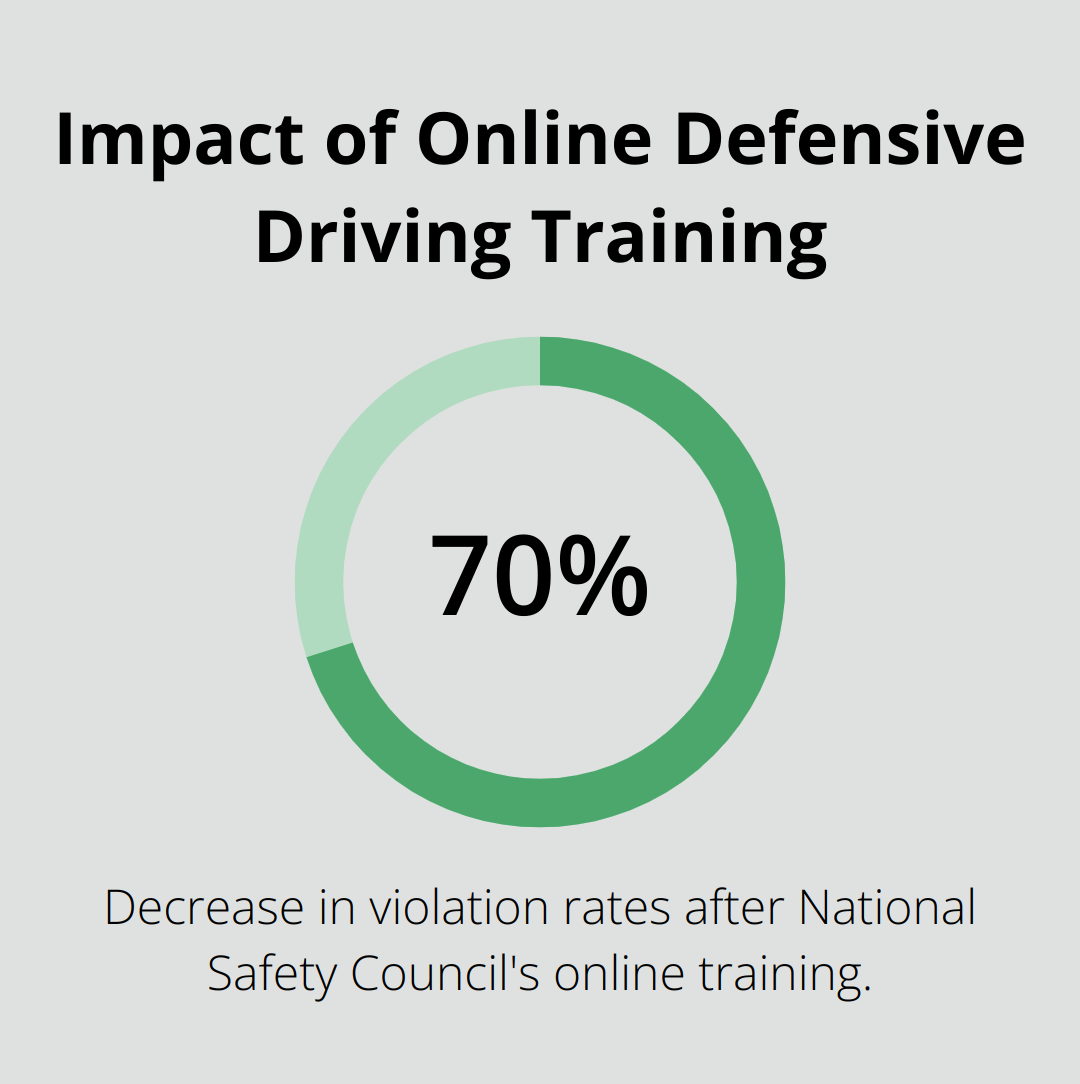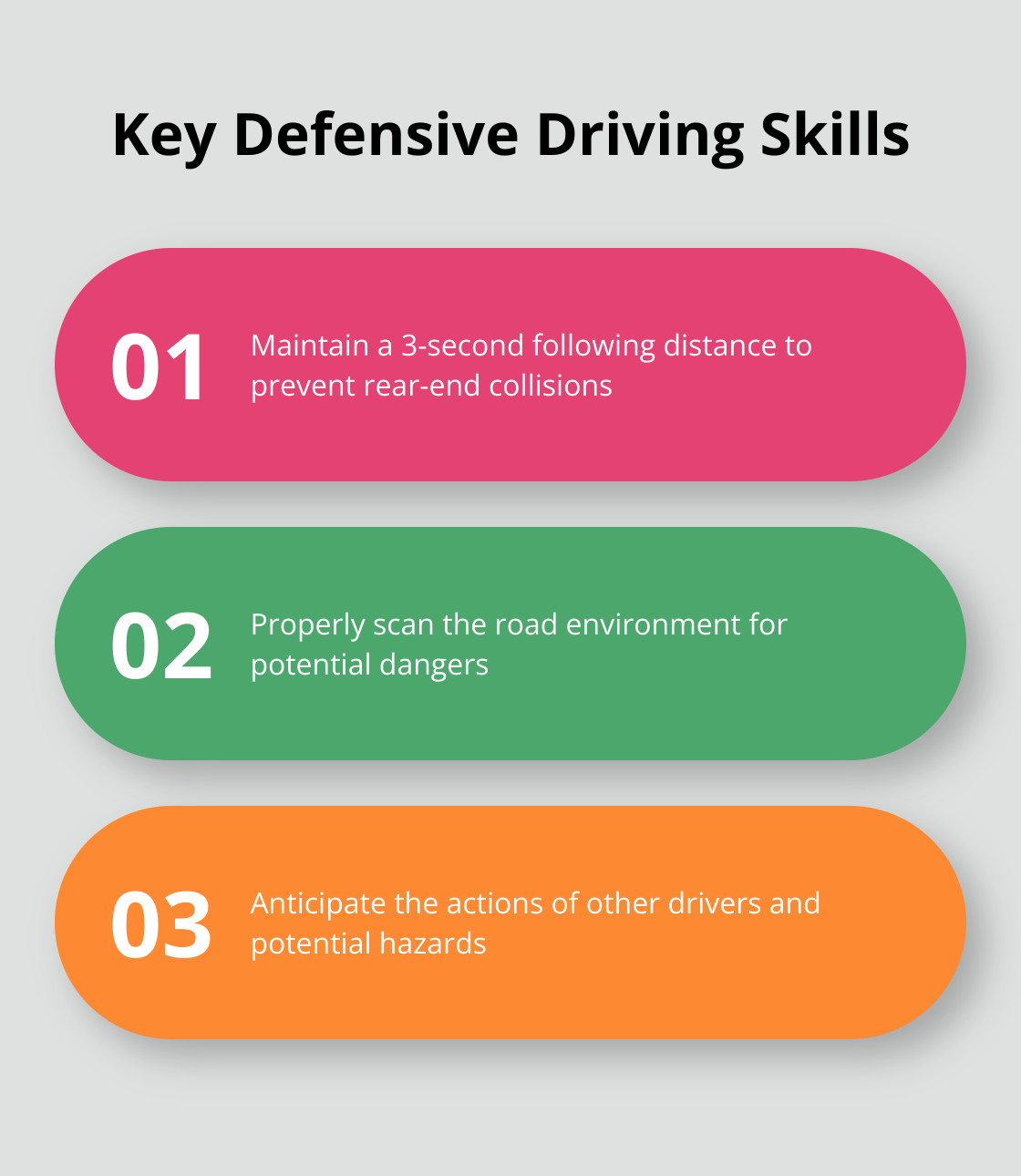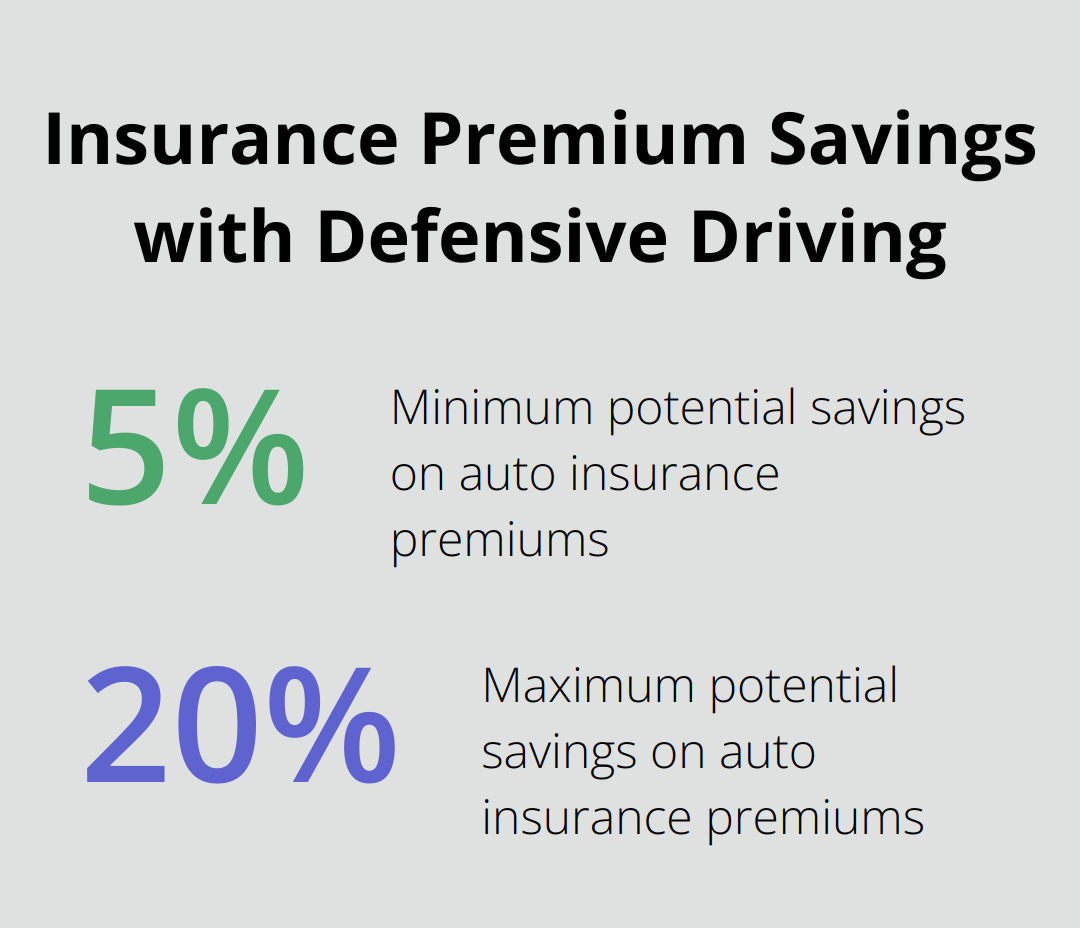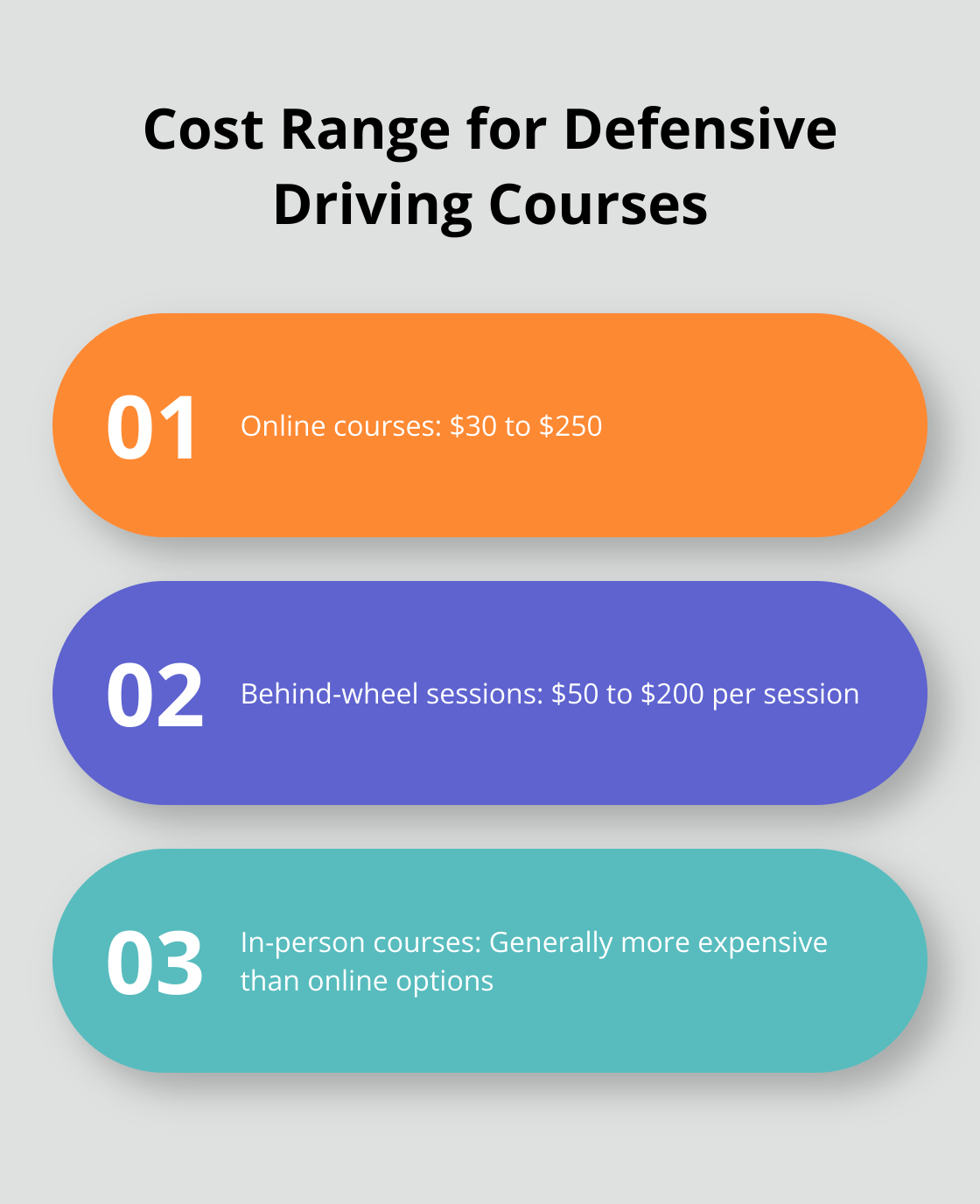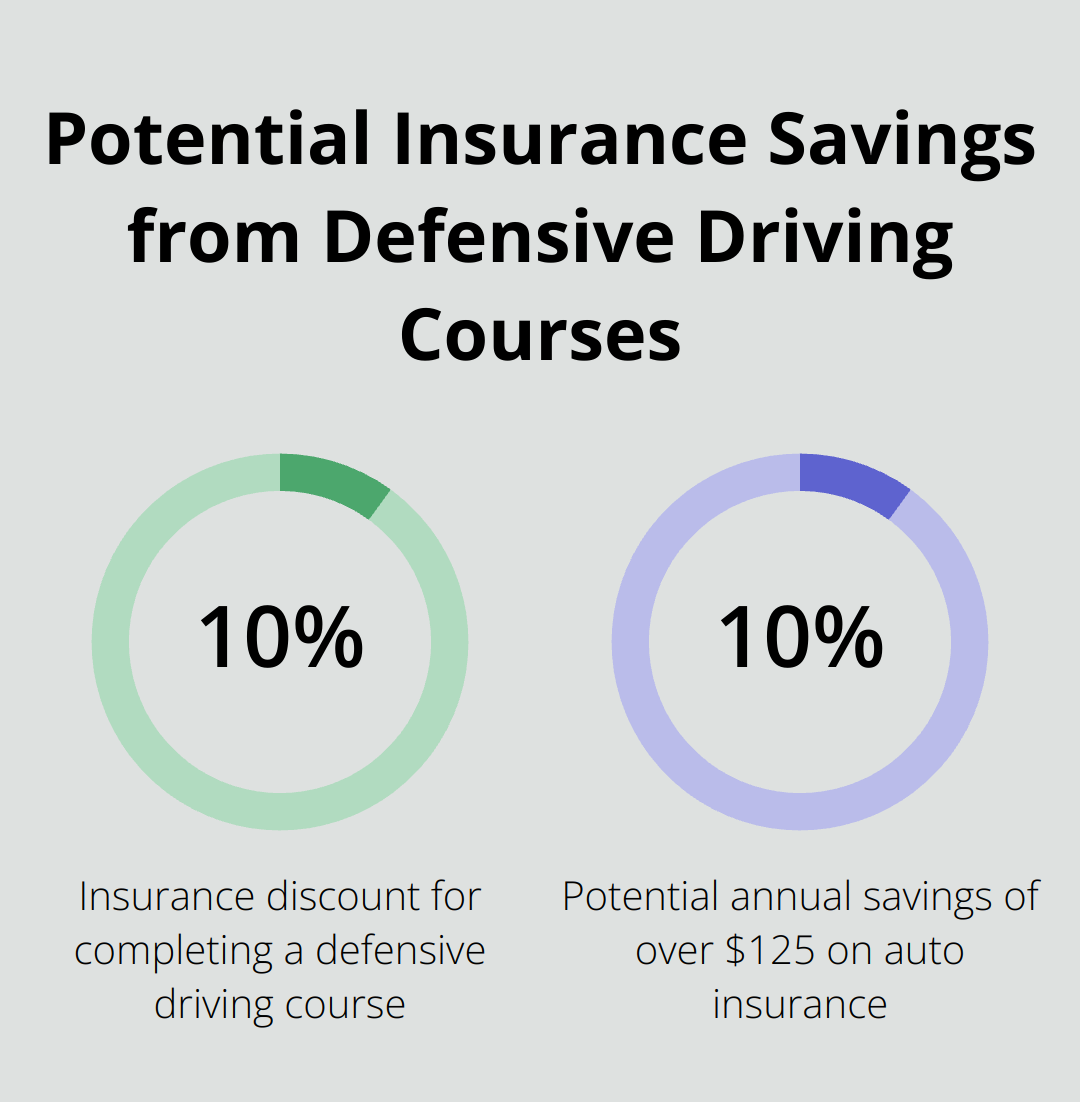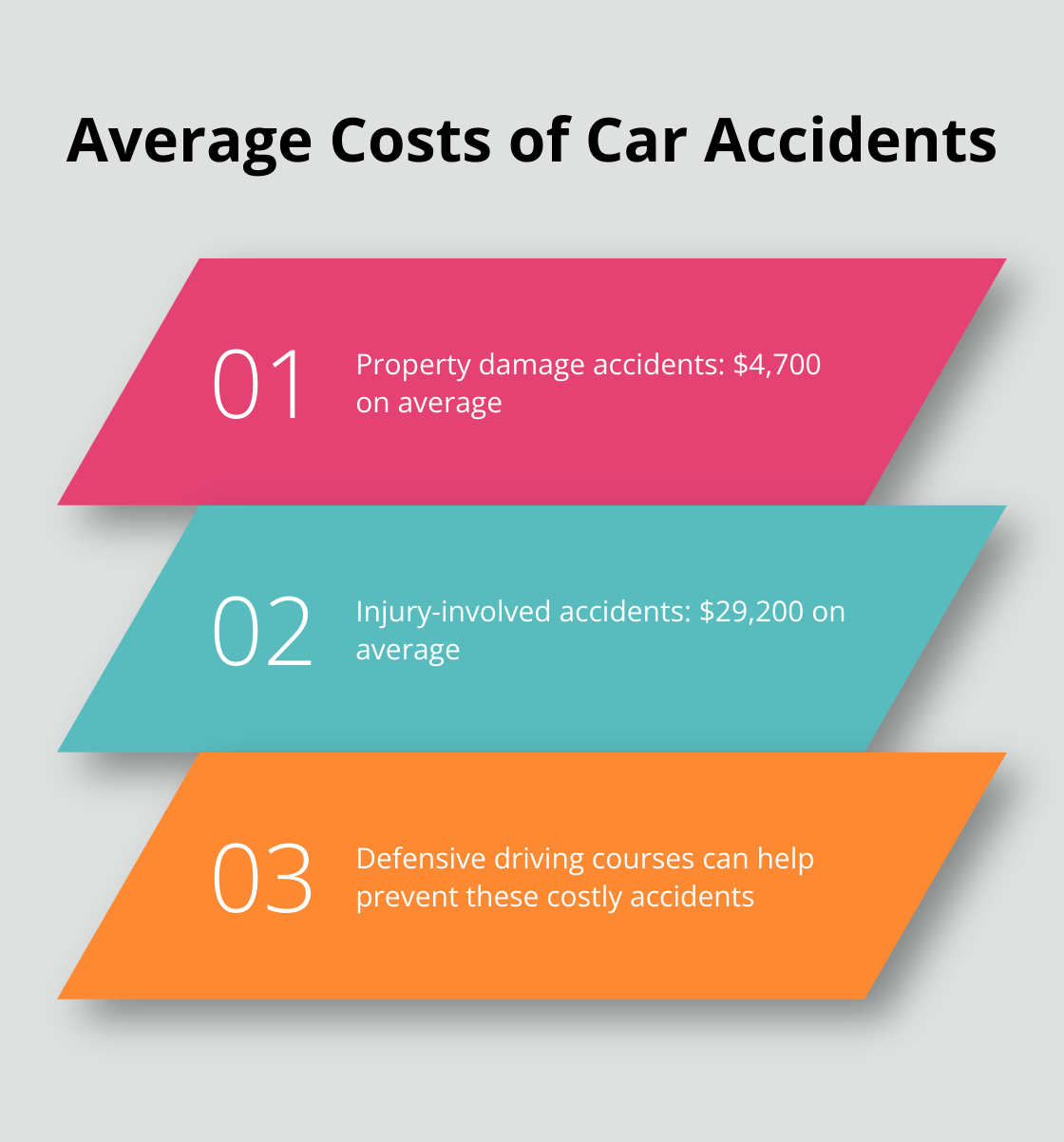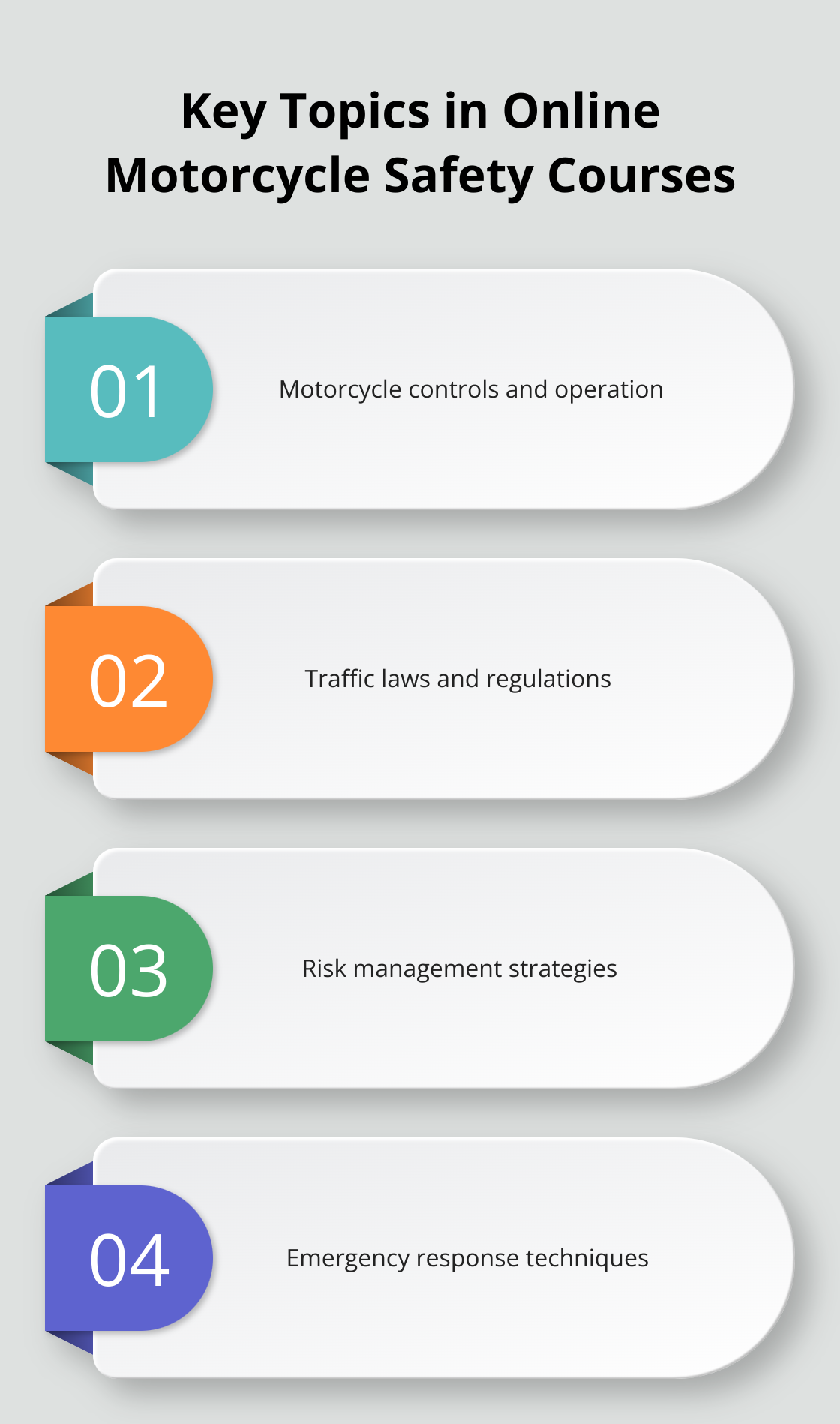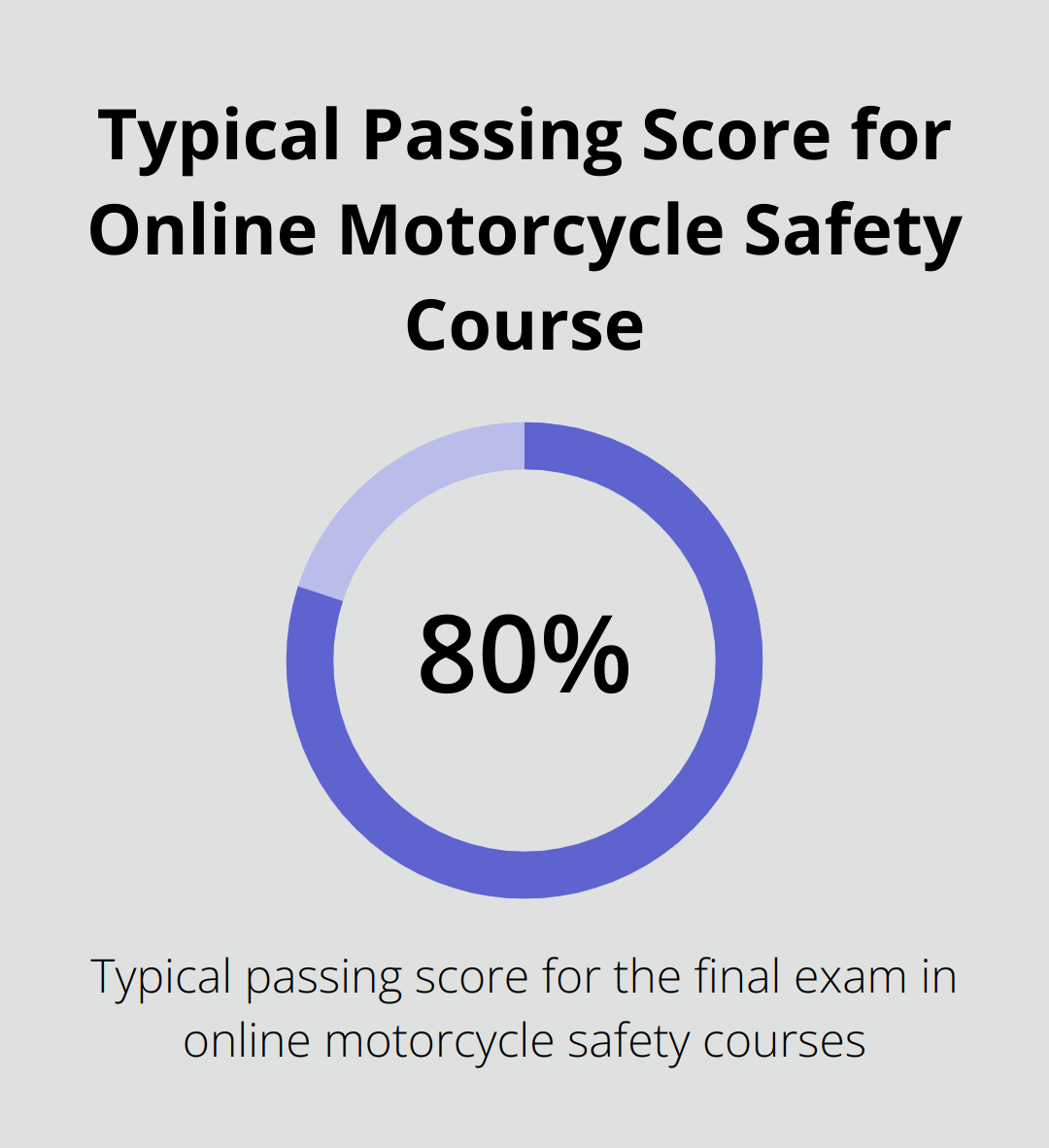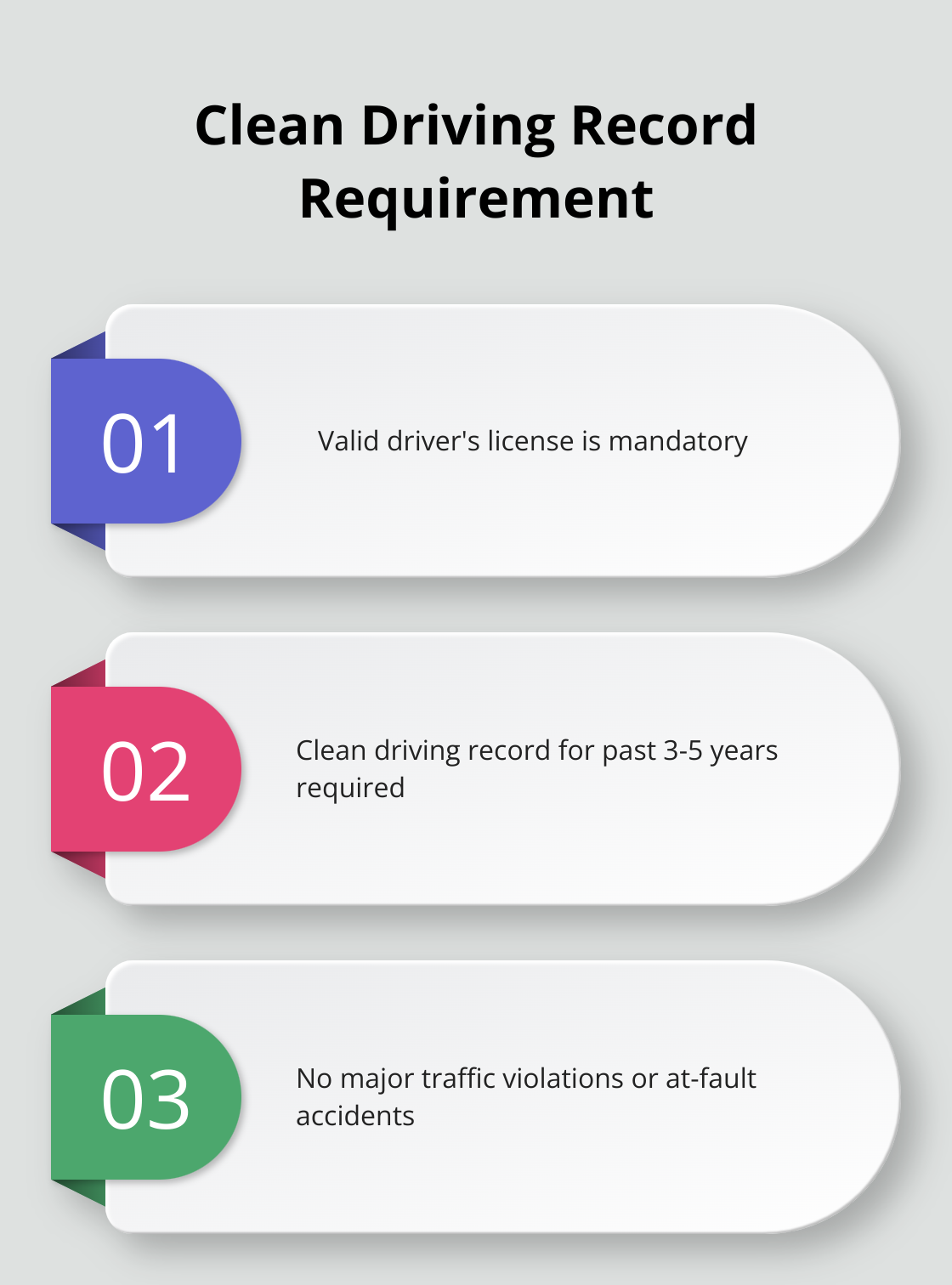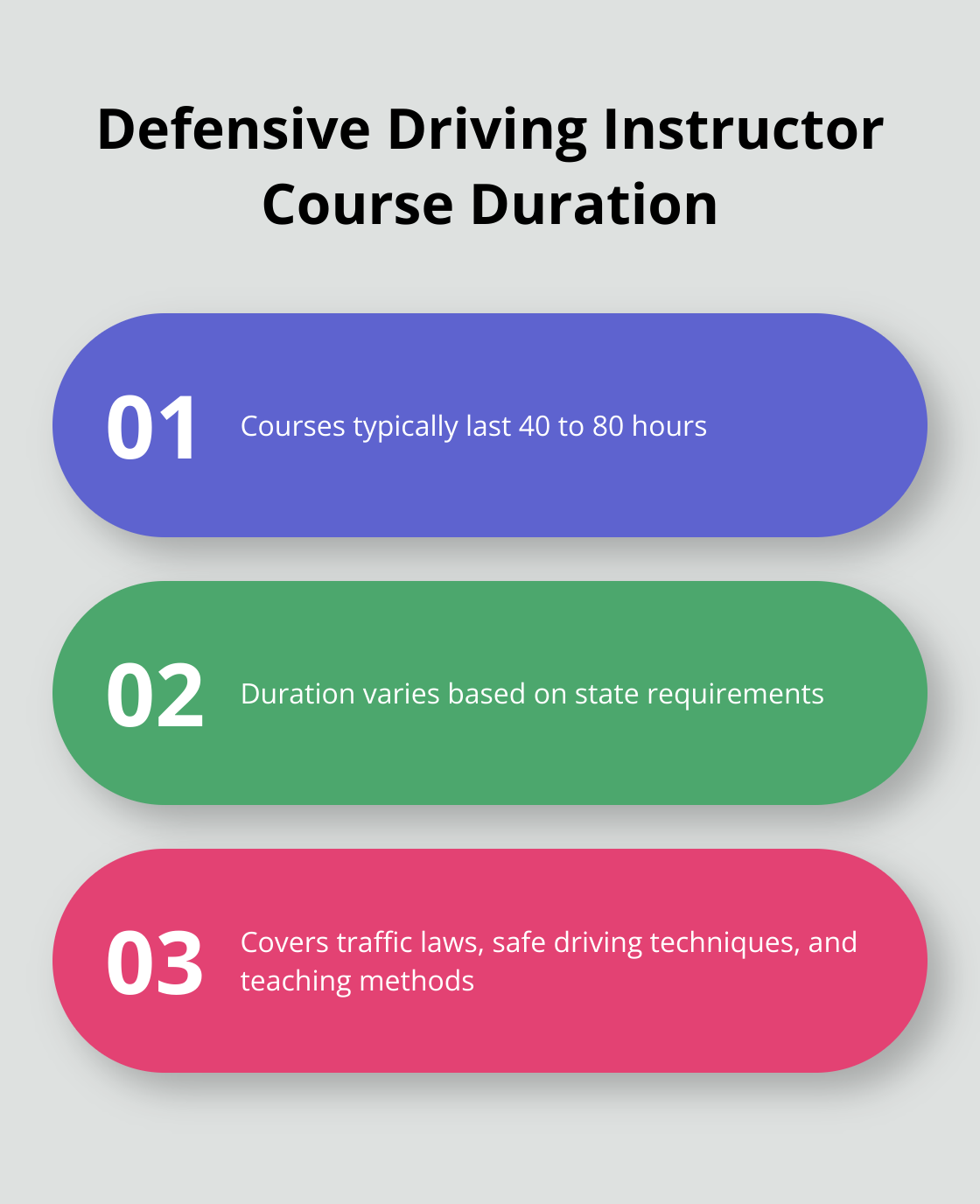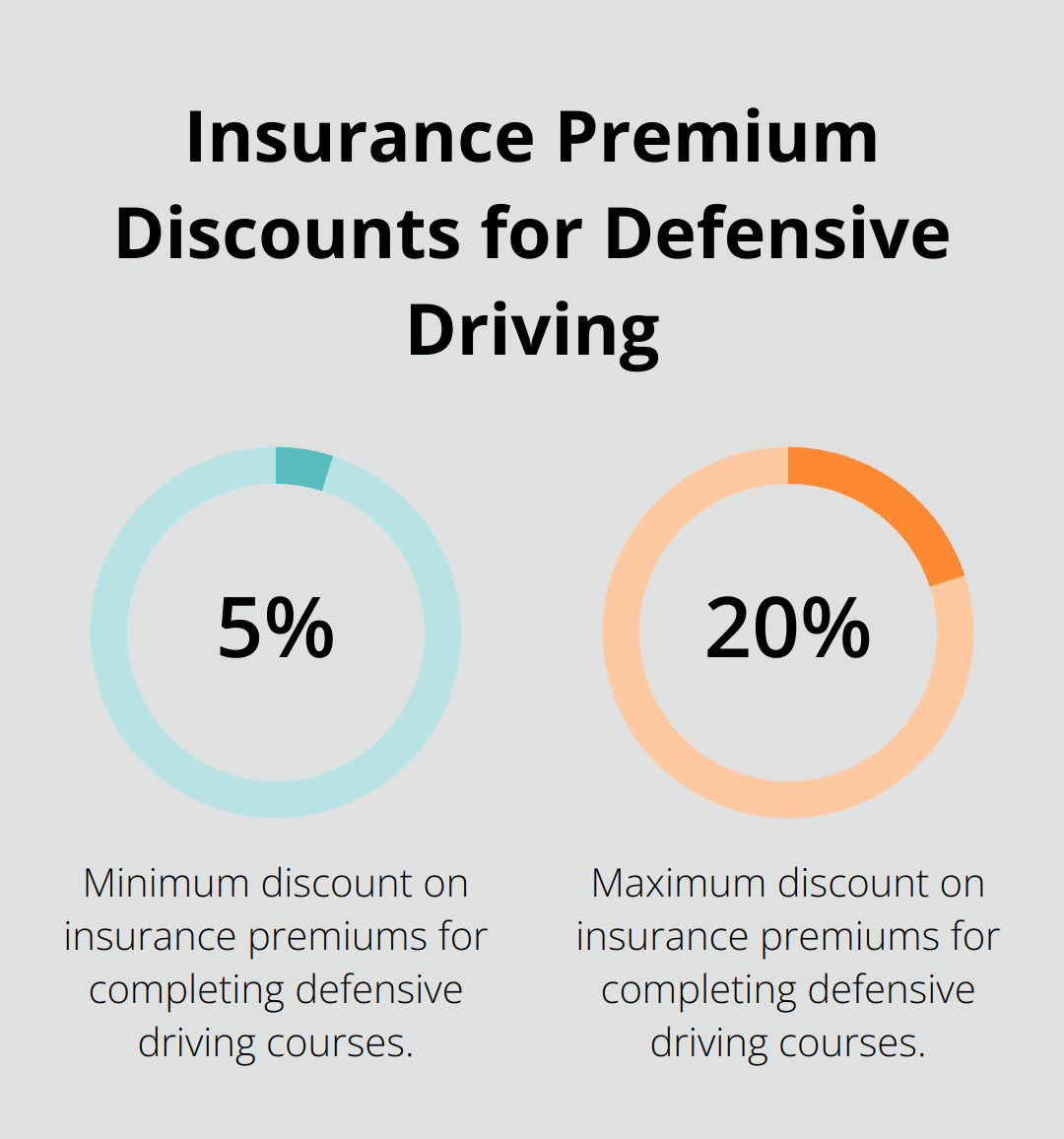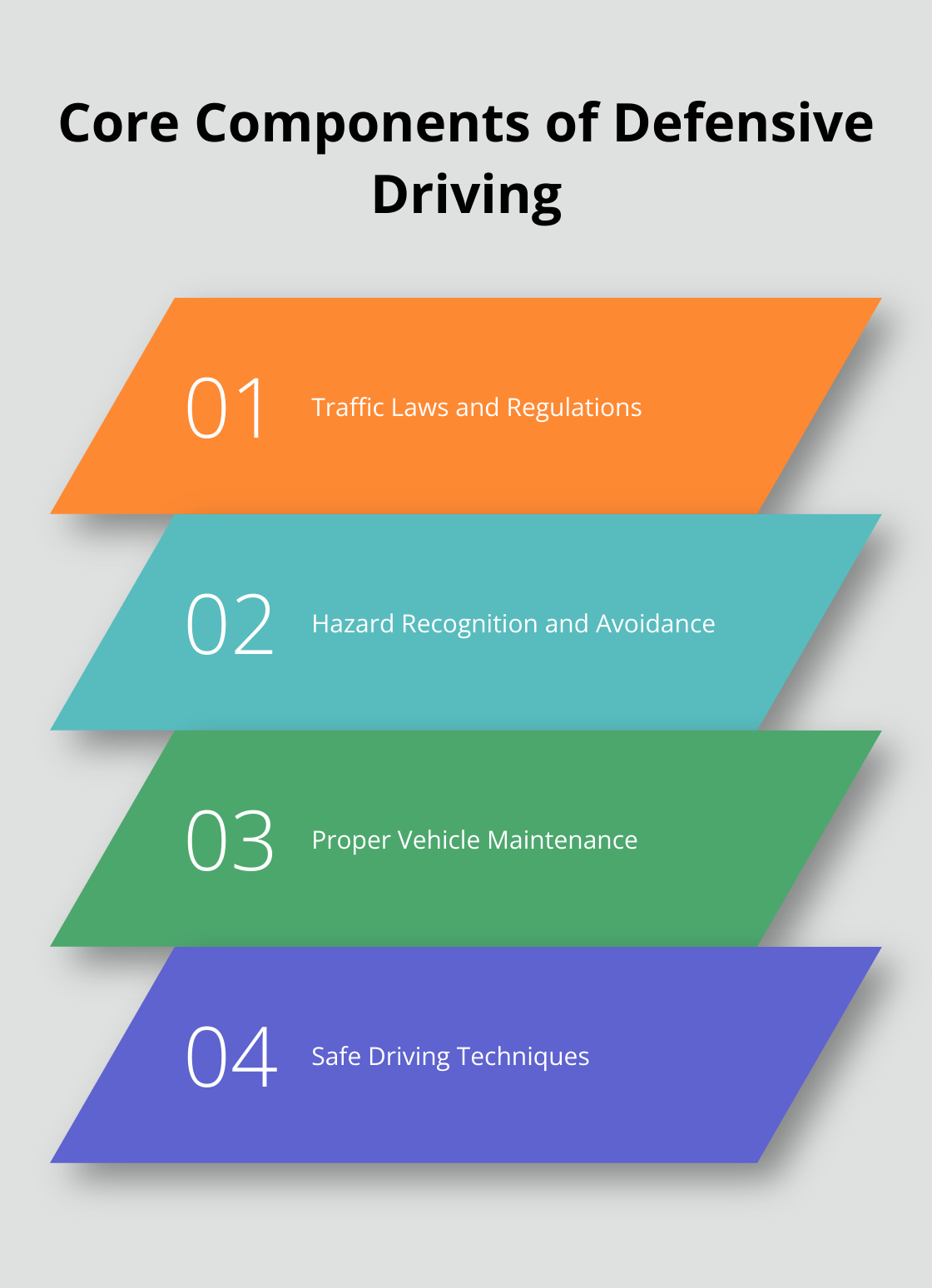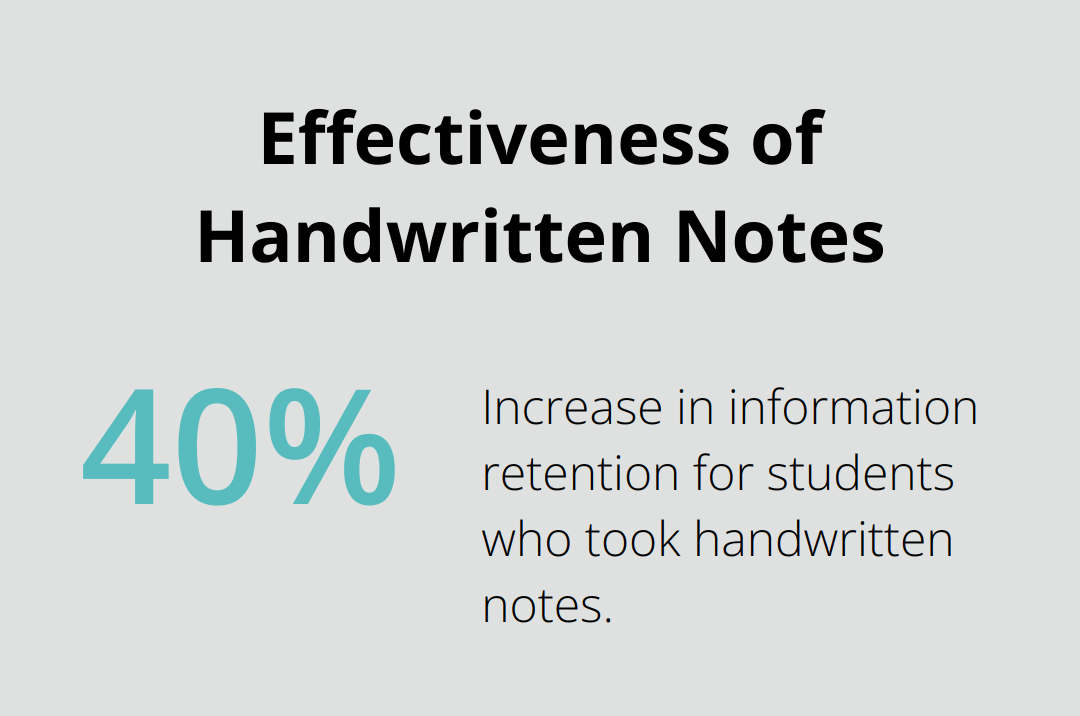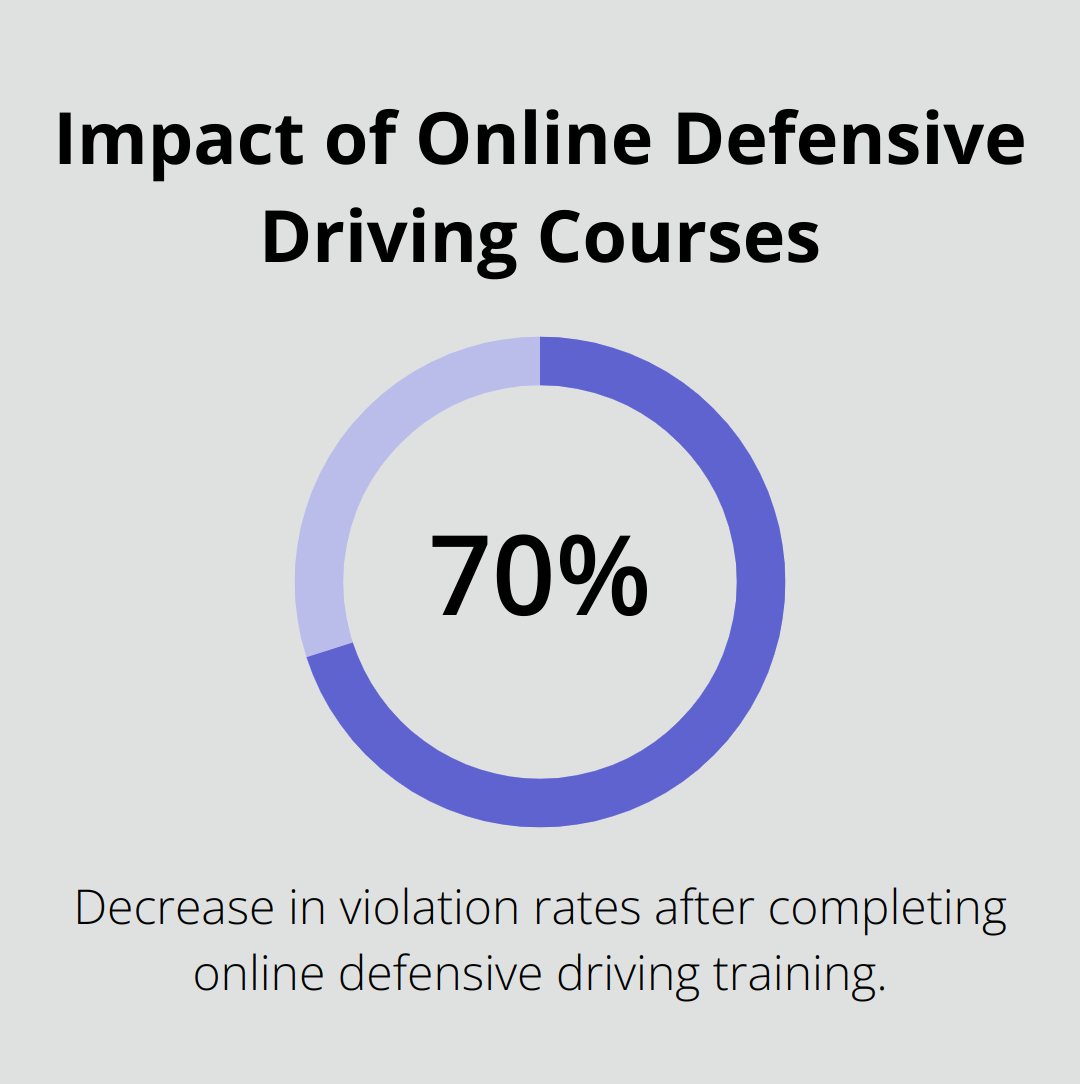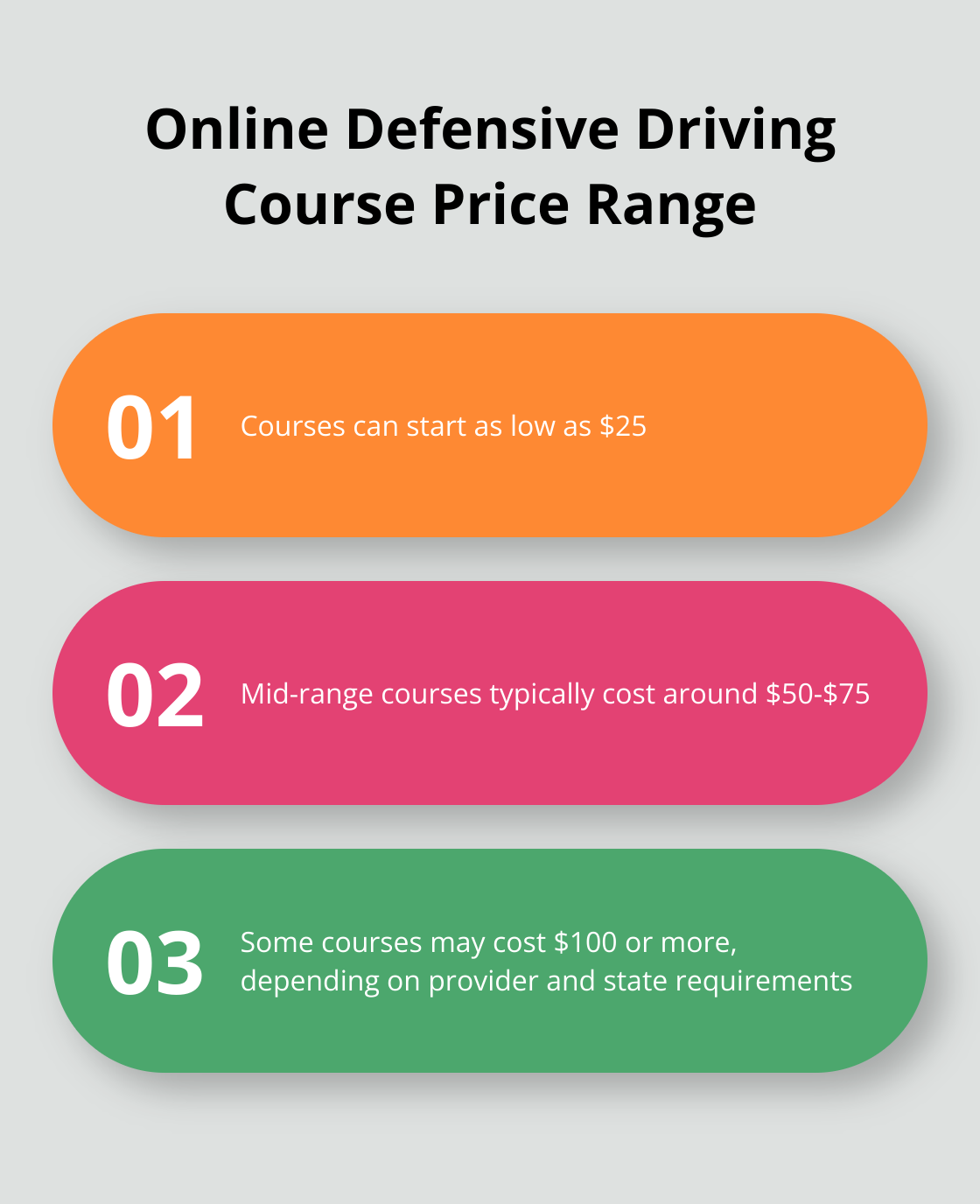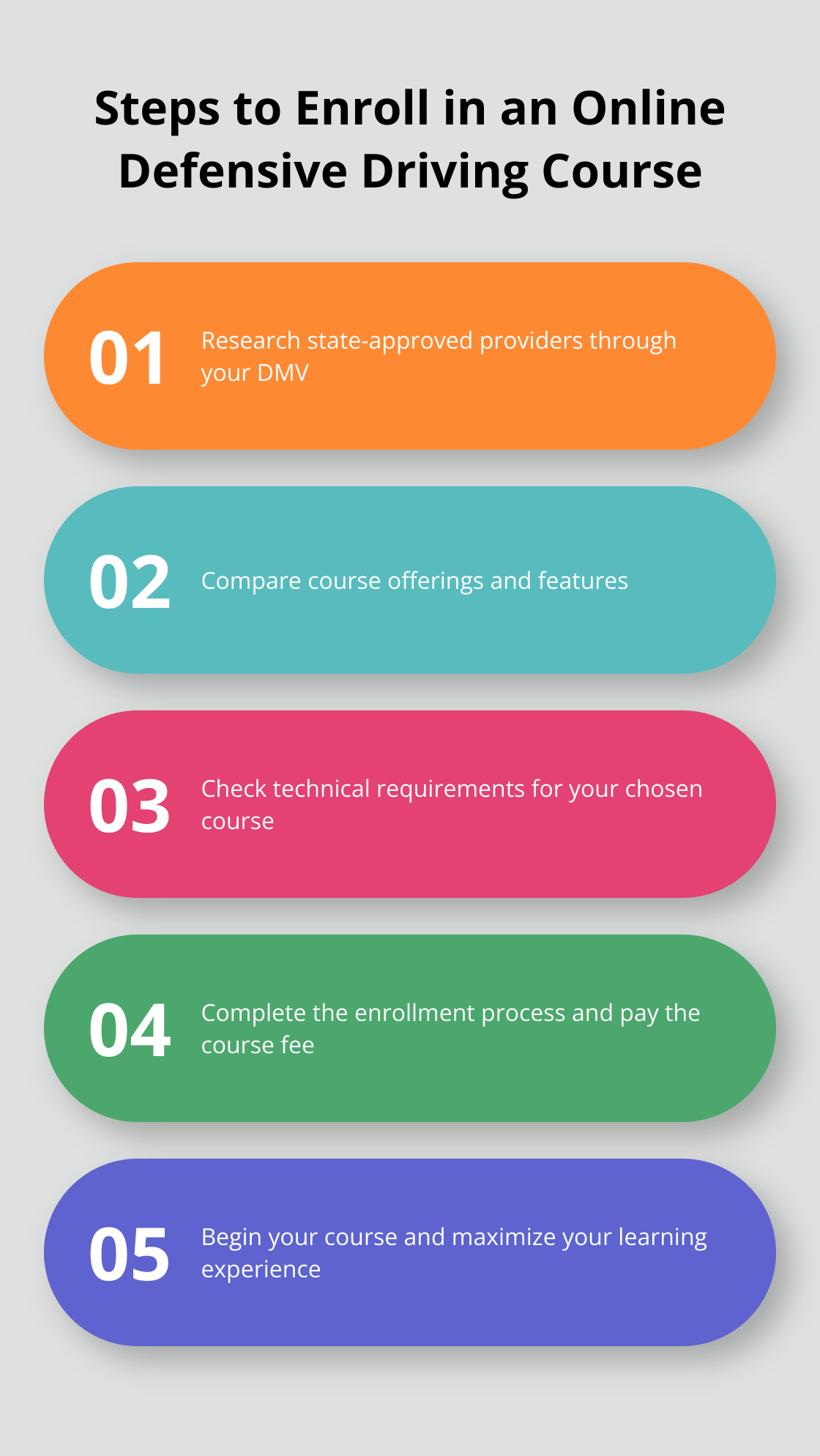How to Choose the Best Driving Course for Beginners
Choosing the right driving course for beginners is a critical step in becoming a safe and confident driver. At The Wiser Driver Driving School, we understand the importance of quality driver education in shaping responsible motorists.
With various options available, from traditional classroom settings to online programs, it’s essential to consider factors like state requirements, instructor qualifications, and course flexibility. This guide will help you navigate the process of selecting the best driving course for your needs, setting you on the path to success behind the wheel.
Types of Driving Courses for Beginners
At The Wiser Driver Driving School, we offer a variety of driving courses to accommodate different learning preferences and requirements. Understanding these options will help you select the most suitable course for your needs.
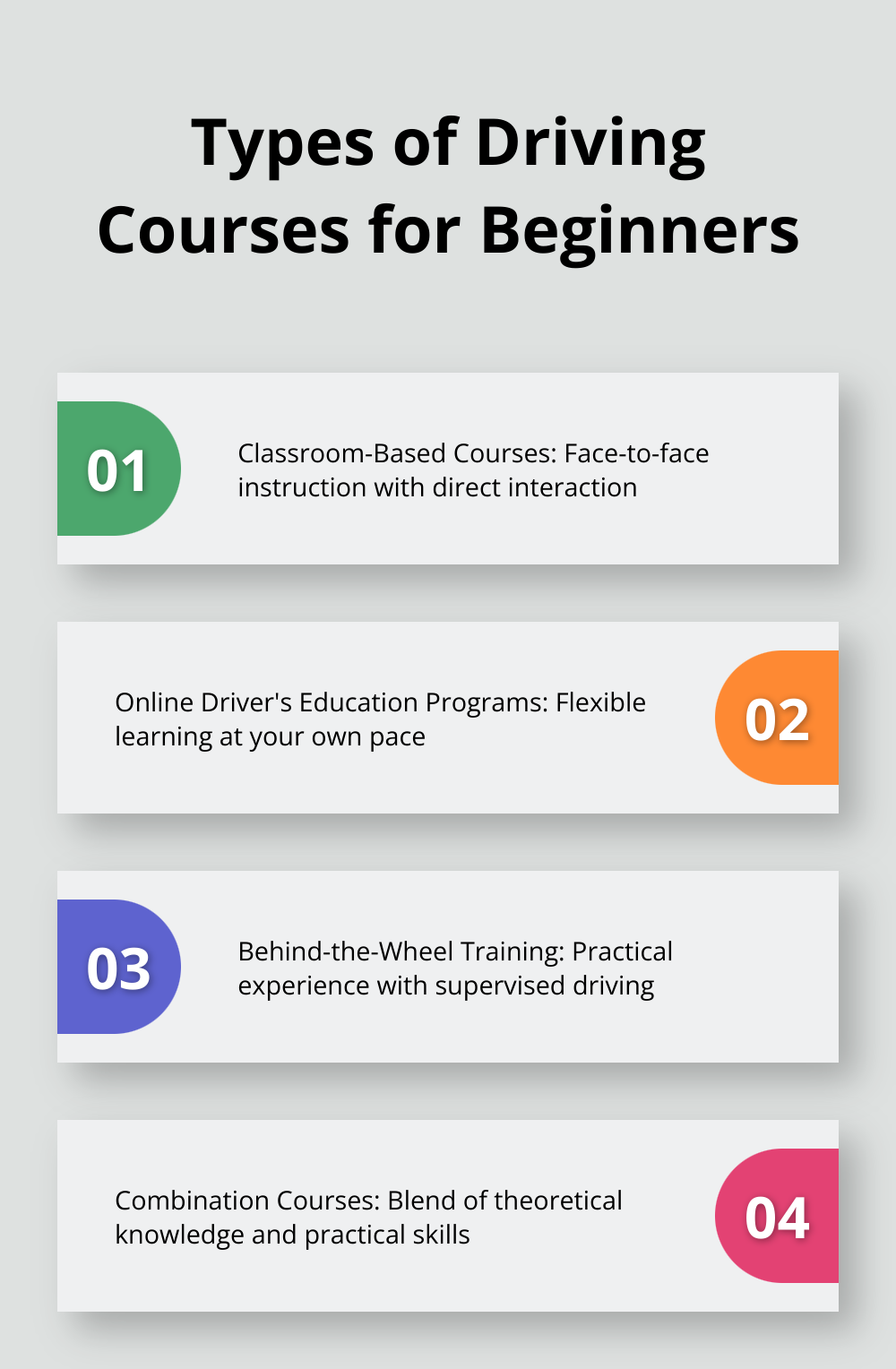
Classroom-Based Courses
Traditional classroom-based courses continue to be a popular choice for many learners. These courses involve face-to-face instruction with a qualified instructor, which allows for direct interaction and immediate clarification of questions.
Online Driver’s Education Programs
The rise of digital learning has led to the increased popularity of online driver’s education programs. These courses offer flexibility, allowing students to learn at their own pace and on their own schedule.
Behind-the-Wheel Training
Practical experience plays a vital role in developing real-world driving skills. Graduated licensing reduces teens’ driving risk by allowing them to practice driving with supervision before getting their license.
Combination Courses
Many driving schools offer combination courses that blend classroom or online learning with behind-the-wheel training. These comprehensive programs cover both theoretical knowledge and practical skills.
When selecting a driving course, consider your learning style, schedule, and specific needs. Quality instruction is paramount – try to find schools with experienced instructors and a proven track record of success. The Wiser Driver Driving School prides itself on offering professional, reputable instruction tailored to each student’s needs.
As you weigh your options, it’s important to consider the factors that contribute to a high-quality driving course. Let’s explore these factors in the next section to help you make an informed decision.
What Makes a Driving Course Worth Your Time and Money?
Selecting the right driving course shapes your future as a driver. The quality of driver education impacts road safety and confidence behind the wheel. Let’s explore the key factors that separate exceptional driving courses from the rest.
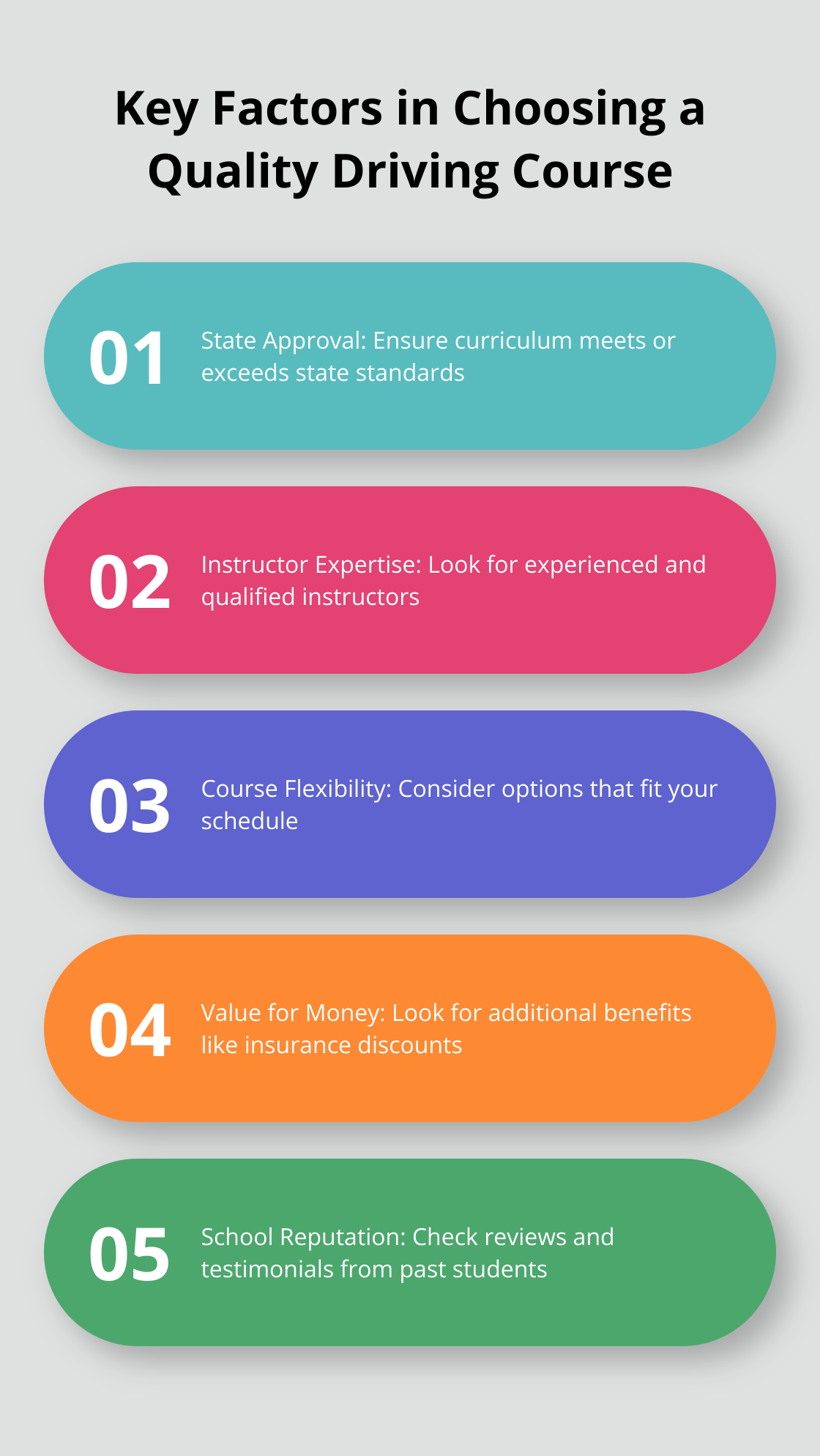
State Approval and Curriculum Standards
Verify that your chosen driving school is approved by your state’s Department of Motor Vehicles (DMV). This approval ensures that the curriculum meets or exceeds state standards. For instance, in Georgia, Joshua’s Law requires 16 and 17-year-olds to complete specific training and curriculum for teen drivers.
Instructor Expertise and Teaching Approach
The quality of instruction can make or break your learning experience. Look for schools with instructors who have extensive driving experience and teaching credentials. Qualified instructors may offer advanced courses that emphasize value-added driving skills such as driving in hazardous or emergency situations, nocturnal or eco-driving.
Course Flexibility and Convenience
In today’s fast-paced world, flexibility is essential. Online driver education programs allow you to learn at your own pace. However, this should be balanced with hands-on training. Schools that offer a mix of online learning and in-car instruction provide the best of both worlds.
Value for Money and Additional Benefits
While cost is a factor, it shouldn’t be the only consideration. Look for schools that offer additional value, such as free online driver education or insurance rate reductions (these can significantly offset the initial cost). Schools that provide convenient pick-up and drop-off services maximize the value of your investment.
Student Feedback and School Reputation
Don’t underestimate the power of reviews and testimonials. A reputable driving school should have a track record of satisfied students and positive community feedback. Check online reviews, ask for references, or speak with past students to gauge the school’s effectiveness and reputation.
The right driving course provides more than just test preparation; it equips you with lifelong skills for safe driving. As you consider these factors, you’ll be well-prepared to evaluate the benefits of choosing the right driving course, which we’ll explore in the next section.
Why Quality Driver Education Matters
Enhanced Road Safety Knowledge
Quality driver education provides comprehensive knowledge of traffic laws, road signs, and safe driving practices. Drivers 16 to 19 years old were involved in 4.8 fatal crashes per 100 million travel miles, compared to 3.3 for drivers 20 to 24, 2.3 for drivers 25 to 29, and 1.4 for older drivers. Professional instruction emphasizes practical scenarios that help students apply safety rules in real-world situations.
Increased Confidence Behind the Wheel
Proper training and guided practice build confidence for new drivers. A structured learning environment helps reduce anxiety and creates more assured drivers. The AAA Foundation for Traffic Safety found that new drivers who received professional instruction reported higher confidence in their abilities. This confidence translates to better decision-making on the road.
Potential Insurance Discounts
Many insurance companies offer discounts to drivers who complete accredited driving courses. These discounts can typically range from 5% to 20% off premiums. The skills learned in quality programs can also help prevent costly accidents and traffic violations, which leads to long-term savings.
Higher Chances of Passing the Driving Test
Students who undergo comprehensive driver education typically have higher pass rates on their driving tests. The California DMV reports that individuals who complete a state-approved driver education course have a first-time pass rate of 89%, compared to 49% for those who don’t. A tailored curriculum covers all aspects of the driving test, which increases the chances of success.
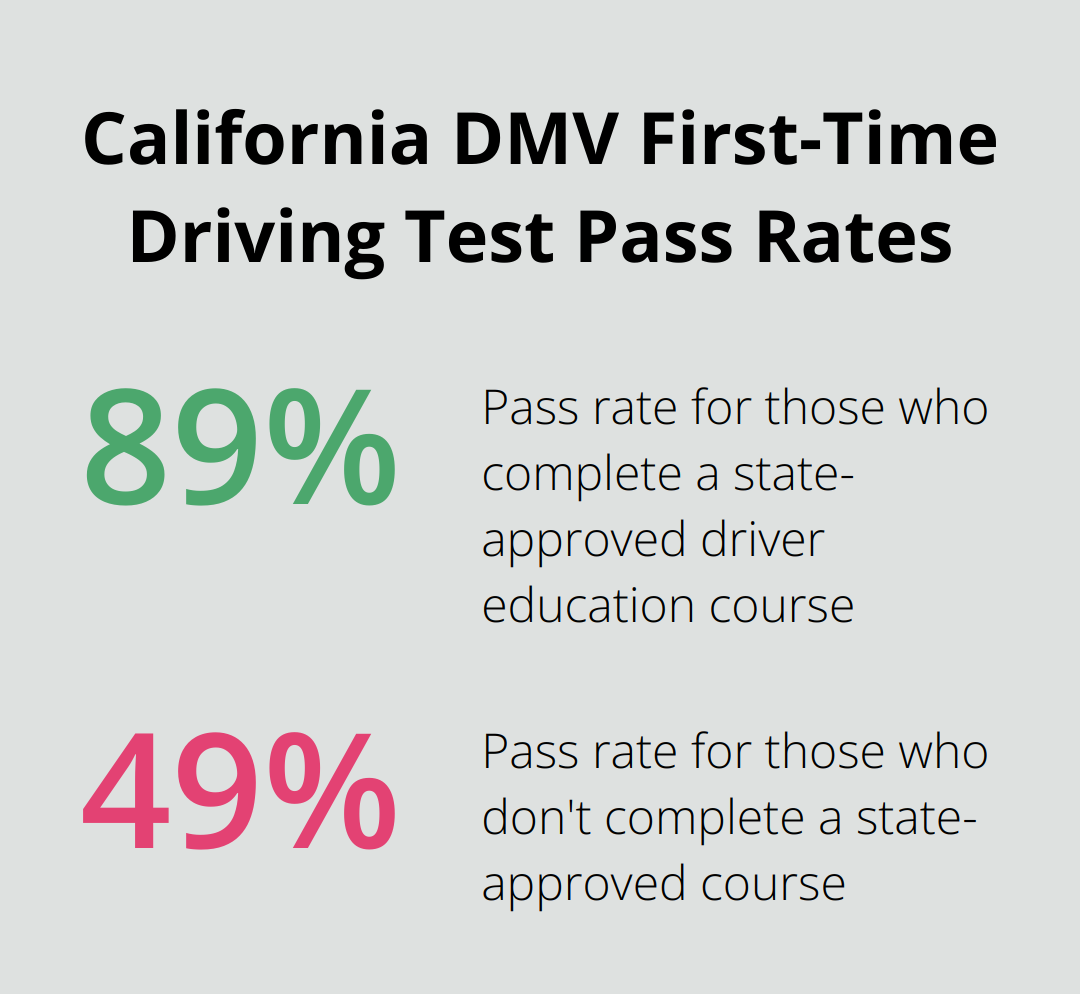
Formation of Long-term Safe Driving Habits
The habits formed during initial driver training often stay with drivers for life. A well-structured course instills good practices from the start, such as proper scanning techniques, maintaining safe following distances, and anticipating potential hazards. These habits contribute to safer roads for everyone and can prevent accidents years down the line.
Final Thoughts
Selecting the right driving course for beginners will shape your journey as a safe and confident driver. We recommend you evaluate factors such as state approval, instructor expertise, and course flexibility when choosing a program. A high-quality driving course will provide comprehensive education on road safety, traffic laws, and practical skills that extend far beyond passing a test.
The benefits of a well-chosen driving course include enhanced road safety knowledge, increased confidence, and potential insurance discounts (up to 20% off premiums). These advantages contribute to a lifetime of safe driving habits, making your initial investment in education truly worthwhile. Your skills and habits developed during training will impact your long-term safety on the road.
At The Wiser Driver Driving School, we offer comprehensive programs for drivers of all ages. Our experienced instructors provide hands-on learning and personalized lessons to help you become a skilled and responsible driver. We encourage you to research and select the best driving course for your needs, as it will set the foundation for your success behind the wheel.



